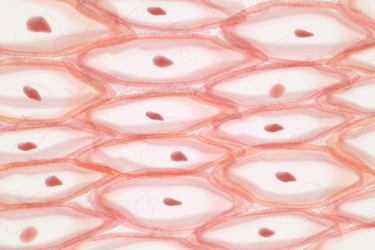Why Use Miniature Swine In Dermal Research?
By Madsen, T.; Blair, E.; and Bouchard, G. F.

Swine have been extensively utilized in dermal research due to the remarkable similarities between their integument and human skin. Among them, miniature swine offer distinct advantages, making them an optimal model for studying various dermatological conditions and treatments. Researchers in skin science require efficient animal models that accurately predict human responses, and pig skin closely mirrors human skin in several key aspects.
Anatomically, physiologically, biochemically, and immunologically, porcine skin shares many characteristics with human skin. Notably, pig skin is classified as fixed skin, similar to that of humans, and it possesses a sparse hair coat, a relatively thick epidermis, and epidermal turnover kinetics comparable to human skin. Additionally, its lipid composition, carbohydrate biochemistry, and lipid biophysical properties align closely with human skin. The dermal collagen and elastic fiber arrangement in pigs also strongly resemble those in humans, further reinforcing their value as an experimental model.
Miniature swine models have demonstrated superior predictive capability for evaluating dermatological treatment modalities compared to other alternative models. Their applications in research span a wide range of dermal studies, including malignant melanoma, wound healing (such as delayed diabetic wound models), phototoxicity, dermal toxicology, and pharmacokinetics/toxicokinetics (PK/TK). Furthermore, they are used in studies involving iontophoresis, dermal irritation, thermal injury, contact allergic dermatitis, depigmentation, and chemical vesication.
This paper briefly outlines key dermal study types and discusses various aspects of miniature swine studies. Miniature swine models provide invaluable safety and efficacy data for the development of novel cutaneous therapies, offering researchers unique and reliable tools in dermal research.
Get unlimited access to:
Enter your credentials below to log in. Not yet a member of Drug Discovery Online? Subscribe today.
